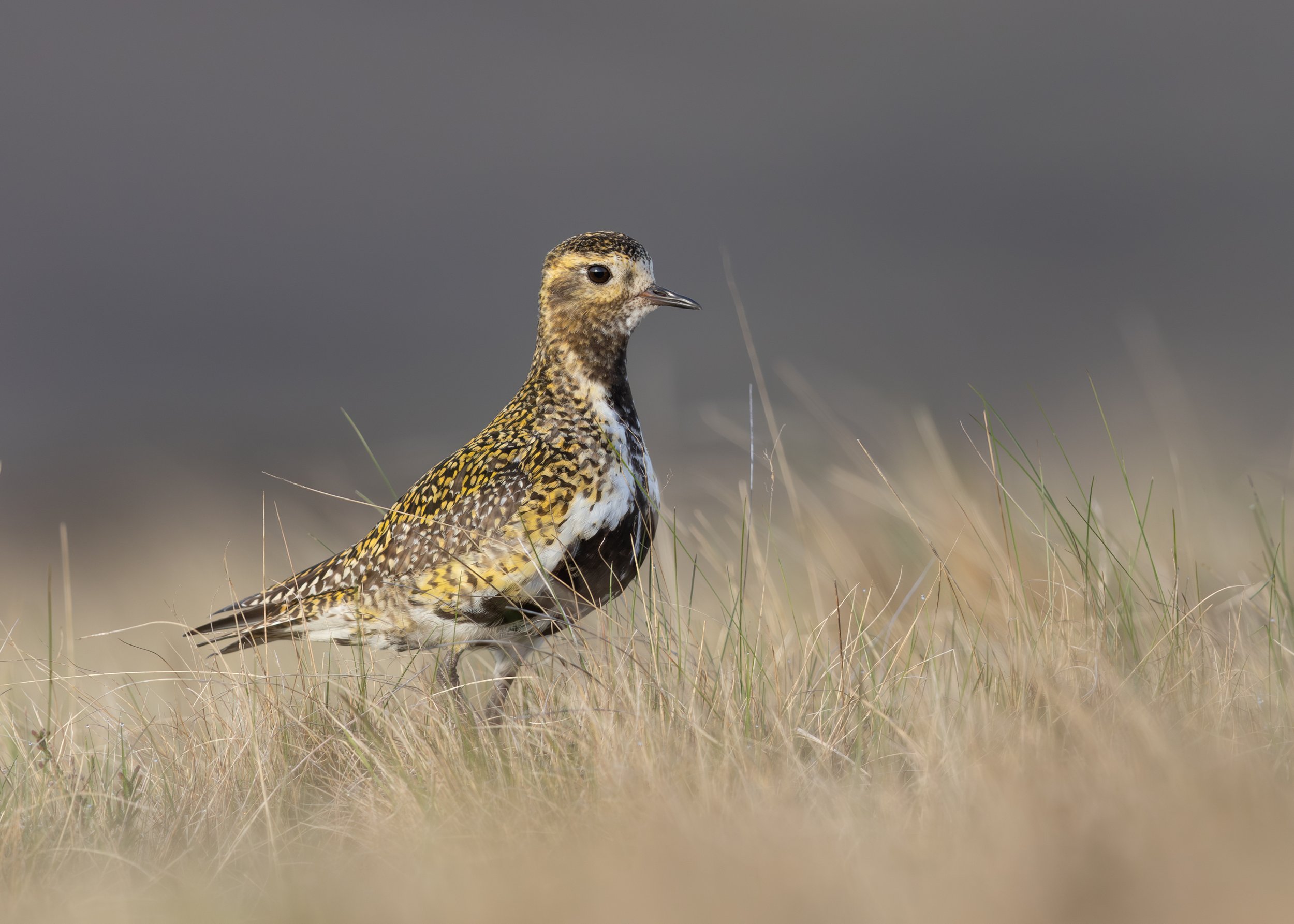An Introduction to Wildlife Photography
If you enjoy being outside and watching the wonderful wildlife we have in this country, then nothing will give you more satisfaction than capturing those special moments. I have always enjoyed watching wildlife in and around my local area and since the recent technological advancements in digital photography anyone can now access the tools required to fulfil this hobby. Gone are the days now where the majority of camera’s and lenses cost a fortune as there are many entry level cameras that can capture the most wonderful of images. I myself, started my photography journey using consumer level equipment and only when I decided that this pastime was something I wanted to take seriousIy, did I progress to the professional level equipment which now form part of my daily work, but of course - come with a huge price tag ! One key thing to remember and is something that I’ve learnt along that way is that, it not the equipment that makes the photo, but the person behind the camera.
A word of warning, wildlife photography can be extremely addictive but will with doubt provide lasting memories which you will never forget and will stay with you forever. Some of my memorable moments such as photographing Barn Owls flying in the english countryside, or an Otter family on the Isle of Mull are things that I always take myself back to when the going gets tough. Photographing wildlife and generally being out in the fresh air can bring a tremendous sense of wellbeing and calm and coming away with a photo record from your adventure is just the icing on the cake.
Over the past 5 years or so, I've been mastering my skills, both in terms of photography itself but also learning more about the wildlife I'm photographing. Wildlife photography can be very challenging and time consuming, depending on which direction you go down. On one hand you can use the lighter, shorter focal length lenses which means you can remain mobile and can comfortably combine photography with a nice walk in the countryside without affecting your day OR you can go down the route which I took and use the large focal length prime lenses which are extremely heavy, generally requires them to be mounted to a study tripod, and, adds weight and additional cost. I’m a Canon user and believe me, carrying a big 600mm prime lens, a pro level camera body and tripod is not easy. Consequently, the type of wildlife photography I undertake is very much project based with an end image clearly in mind. This type of photography isn’t for everyone, but the most important thing is that you enjoy it, spend time outside and you’ll find it so rewarding.
In future articles I will go into more specific details and topics in the whole area of wildlife photography, but in the meantime, here are a few tips and rules to help you on your way.
Photography Tips and rules
Respect Wildlife
The number 1 rule when it comes to wildlife photography is to respect the wildlife and your fellow wildlife watchers! Nothing should jeopardise the welfare of wildlife and the photo should always come second. Keep your distance and let the wildlife will come to you.
Study your subject.
Wildlife photography is difficult. Getting to know your subjects habits, flight times, favourite perches to name a few can greatly increase your chances of capturing that special moment in time.
Get the best light.
Photography is all about light and capturing the best light will add to your images. The best time of day is the golden hour at dawn and dusk. This often corresponds to the most wildlife activity so it’s the best of both worlds. Photographing when the sun is high in the sky causes harsh shadows which doesn’t make for a pleasing image. Be prepared for some very early mornings or late evenings. It helps to have an understanding partner !!
Get down low.
Getting down on a low level to your subject makes the resulting image much more personal. A low camera angle allows more distance between your subject and the background and produces that out of focus separation for your subject and will take your images to a whole new level.
Invest the time and enjoy it.
It's a waiting game. Animals and birds can be unpredictable and you can never guarantee when to see them. Be prepared to put in the hours, weeks and months sitting or standing waiting for that often very short moment in time. You will often come home with no images at all, but its worth it in the end. Just enjoy it, take in the fresh air and the wonderful sights around you….




